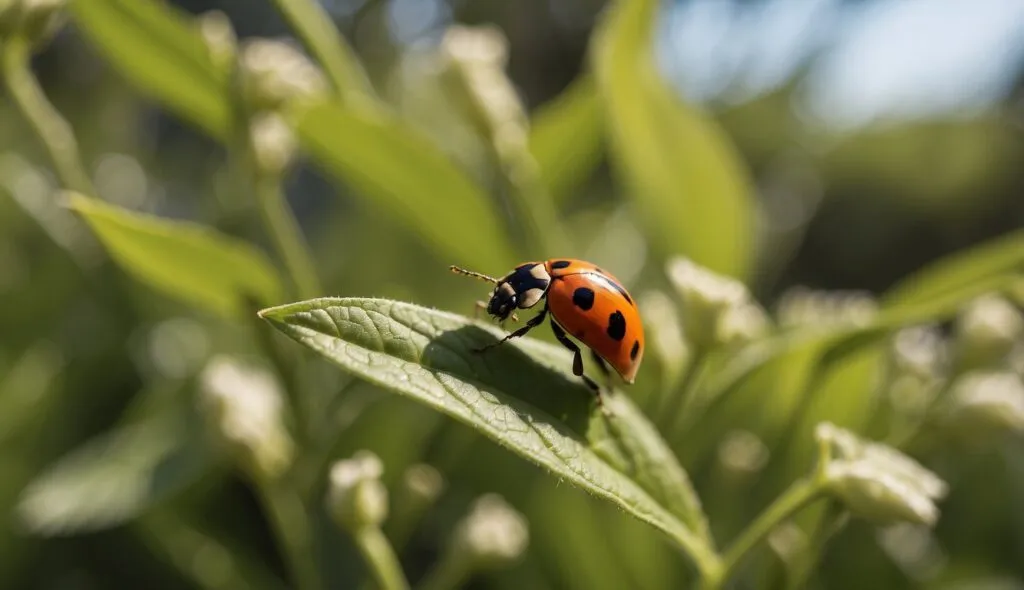As more people become aware of the impact of chemical pesticides on the environment, non-chemical pest solutions are gaining popularity. These solutions are not only environmentally friendly but also sustainable and effective. In this article, we will explore the world of non-chemical pest solutions, including organic pest control and integrated pest management (IPM).
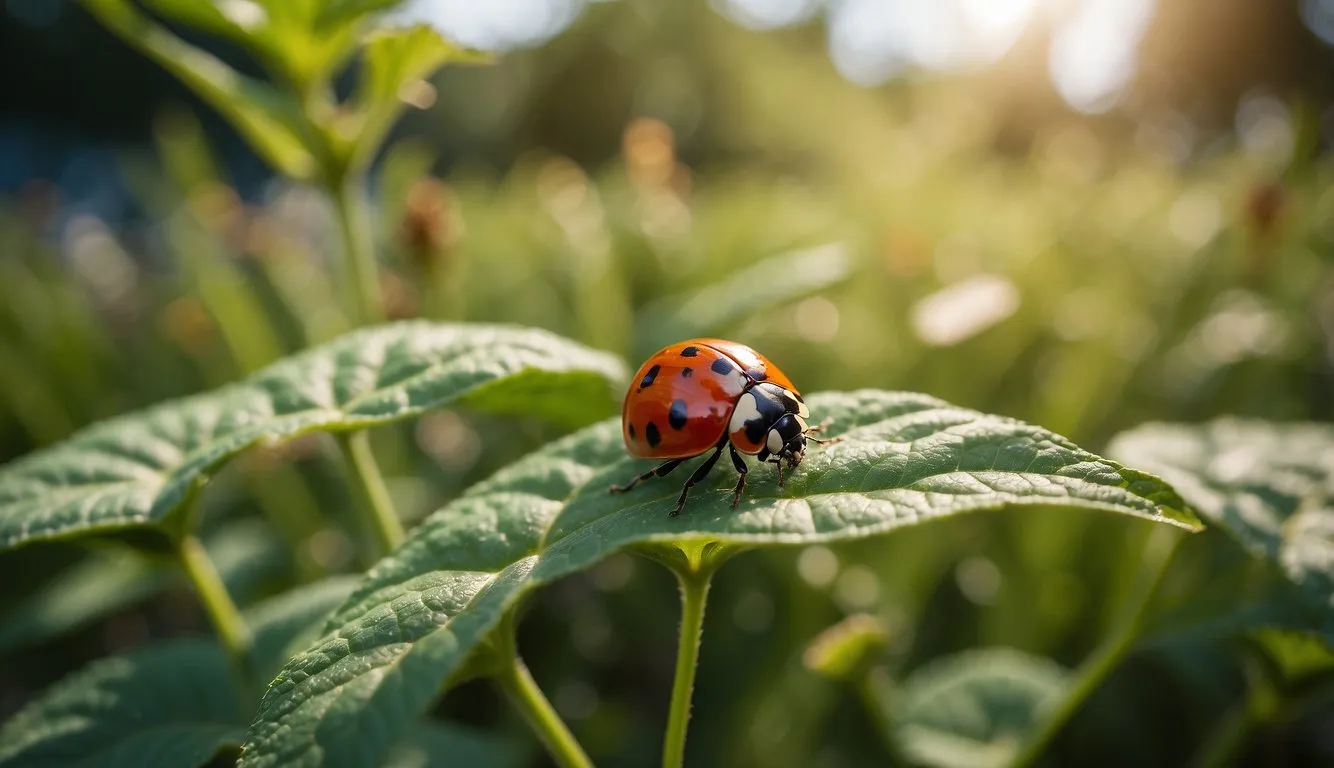
Understanding pests and their impact is crucial in finding the right pest control method. Pests can cause damage to our homes, gardens, and crops, and can even spread diseases. Traditional pest control methods often involve the use of chemical pesticides, which can be harmful to beneficial wildlife and the environment. Non-chemical pest solutions, on the other hand, use natural methods to control pests, such as physical barriers, biological control, and cultural control.
At the heart of non-chemical pest solutions is integrated pest management (IPM). IPM is a holistic approach to pest control that combines different methods to control pests in an environmentally friendly and sustainable way. By using IPM, we can protect our homes, gardens, and crops while minimizing the impact on the environment. In the following section, we will explore the different non-chemical pest control methods and how they can be used in IPM.
Table of Contents
Key Takeaways
- Non-chemical pest solutions are gaining popularity due to their environmentally friendly and sustainable nature.
- Understanding pests and their impact is crucial in finding the right pest control method.
- Integrated pest management (IPM) is a holistic approach to pest control that combines different methods to control pests in an environmentally friendly and sustainable way.
Understanding Pests and Their Impact
Pests are organisms that cause damage to plants, animals, and humans. They can be insects, rodents, or other animals that interfere with our daily lives. Understanding pests and their impact is crucial in developing effective pest management strategies. In this section, we will discuss the types of pests and their effects on health and the environment.
Types of Pests
There are many types of pests, including ants, rodents, and insects. Some pests are beneficial to the environment, such as pollinators like bees that help plants reproduce. However, other pests can cause damage to crops, structures, and even spread diseases. It’s important to identify the type of pest and understand its behavior to effectively manage it.
Effects on Health and Environment
Pests can have a significant impact on both human health and the environment. Toxic chemicals used in traditional pest control methods can harm the soil, wildlife, and beneficial insects. These chemicals can also pose a risk to humans and pets. Additionally, pests can spread diseases and cause allergies, making it important to control their populations.
It’s crucial to find a balance between effective pest management and environmentally friendly solutions. Sustainable pest control methods, such as integrated pest management, focus on natural and non-toxic ways to control pests. This approach promotes the use of beneficial insects, natural enemies, parasites, and pathogens to control pest populations.
In summary, understanding pests and their impact is essential in developing effective and sustainable pest management strategies. By identifying the type of pest and its behavior, we can use environmentally friendly solutions that protect our health and the environment.
Pest Control Methods
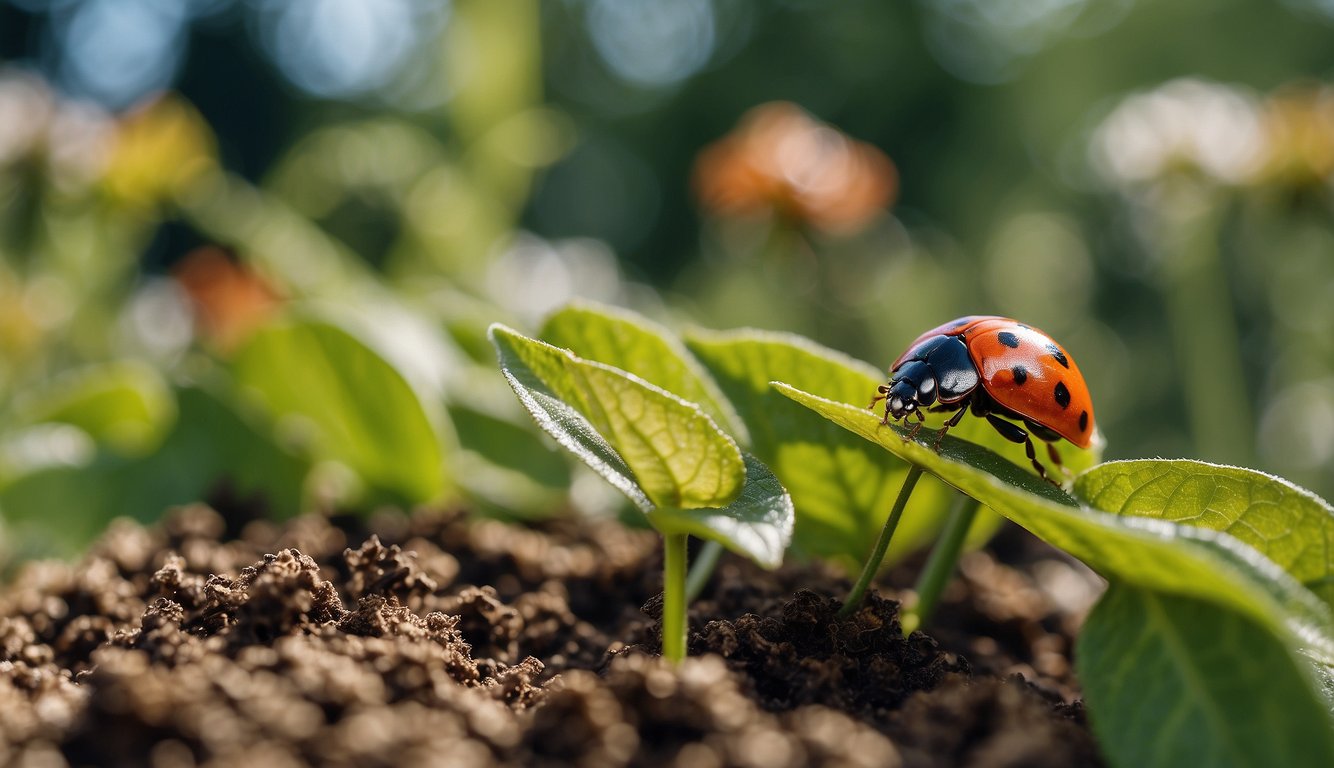
When it comes to pest control, there are several methods available. In this section, we will discuss three main categories: Chemical Pest Control, Natural Pest Control, and Preventative Measures.
Chemical Pest Control
Chemical pest control involves the use of synthetic pesticides and insecticides to eliminate pests. While this method is effective, it can also be harmful to the environment and potentially dangerous to humans and pets. If you choose to use chemical pest control, it is important to follow the instructions carefully and take appropriate safety measures.
Natural Pest Control
Natural pest control involves the use of non-toxic pest control solutions, such as diatomaceous earth, natural predators like ladybugs and lacewings, and essential oils. These methods are often referred to as integrated pest management (IPM) and can be highly effective in reducing pest populations without relying on traditional chemical pesticides. Other natural pest control methods include the use of soapy water, vinegar, and garlic.
Preventative Measures
Preventative measures are an important part of pest control. By taking steps to prevent pests from entering your home or garden in the first place, you can reduce the need for chemical or natural pest control methods. Some preventative measures include sealing cracks and crevices to prevent entry, removing sources of food and water, and keeping your home and garden clean and free of clutter.
In addition to these measures, there are also several cultural practices that can help prevent pest infestations. For example, rotating crops, removing weeds, and using granular bait can all help reduce the likelihood of pest problems.
Overall, it is important to choose the pest control method that is right for you and your situation. While chemical pest control may be effective in some cases, natural and preventative measures are often safer and more environmentally-friendly options. By taking the time to understand the different methods available, you can make an informed decision and keep your home and garden pest-free.
Integrated Pest Management (IPM)
As part of our commitment to eco-friendly and sustainable pest control, we highly recommend the use of Integrated Pest Management (IPM) practices. IPM is a science-based approach that combines a variety of pest control methods to effectively manage pest populations while minimizing harm to the environment.
IPM programs use a combination of cultural practices, biological controls, and non-toxic pest control methods to prevent and control pest infestations. These practices include proper sanitation, exclusion techniques, and the use of beneficial insects and natural predators to control pest populations.
One of the key benefits of IPM is that it is a long-term solution that focuses on preventing pest problems before they occur. This approach reduces the need for chemical pesticides, making it a more environmentally friendly option.
In addition to being environmentally friendly, IPM practices are also economically sustainable. By reducing the need for chemical pesticides, IPM can help reduce the overall cost of pest control while still effectively managing pest populations.
Overall, IPM is a highly effective and environmentally sustainable approach to pest management. By combining a variety of pest control methods, we can effectively manage pest populations while minimizing harm to the environment.
Protecting Beneficial Wildlife

As we explore non-chemical pest solutions, it is important to consider the impact of pest control methods on beneficial wildlife. Chemical pesticides can harm birds, mammals, and other wildlife species, disrupting the natural balance of the ecosystem.
One way to protect beneficial wildlife is by implementing natural pest control practices. This can include using natural predators such as ladybugs and parasitic wasps to control pest populations. By encouraging the presence of these natural enemies, we can reduce the need for chemical pesticides and maintain a healthy ecosystem.
Another way to protect beneficial wildlife is by providing appropriate habitat and food sources. Pollinators such as bees and butterflies are crucial to the survival of many plant species, and can be encouraged by planting flowers and providing a variety of food sources. Creating a pond or other water source can also attract beneficial wildlife such as frogs and birds.
Integrated pest management (IPM) is another effective approach to pest control that minimizes the use of chemical pesticides. IPM techniques include monitoring pest populations, using natural predators and parasites, and employing cultural practices such as crop rotation to maintain crop health. By using a variety of non-toxic pest control methods, we can create a safer environment for beneficial wildlife while still effectively managing pest populations.
Overall, protecting beneficial wildlife is an important consideration when implementing non-chemical pest solutions. By using natural enemies, providing habitat and food sources, and employing IPM techniques, we can create a balanced ecosystem that supports a diverse range of wildlife species.
Conclusion
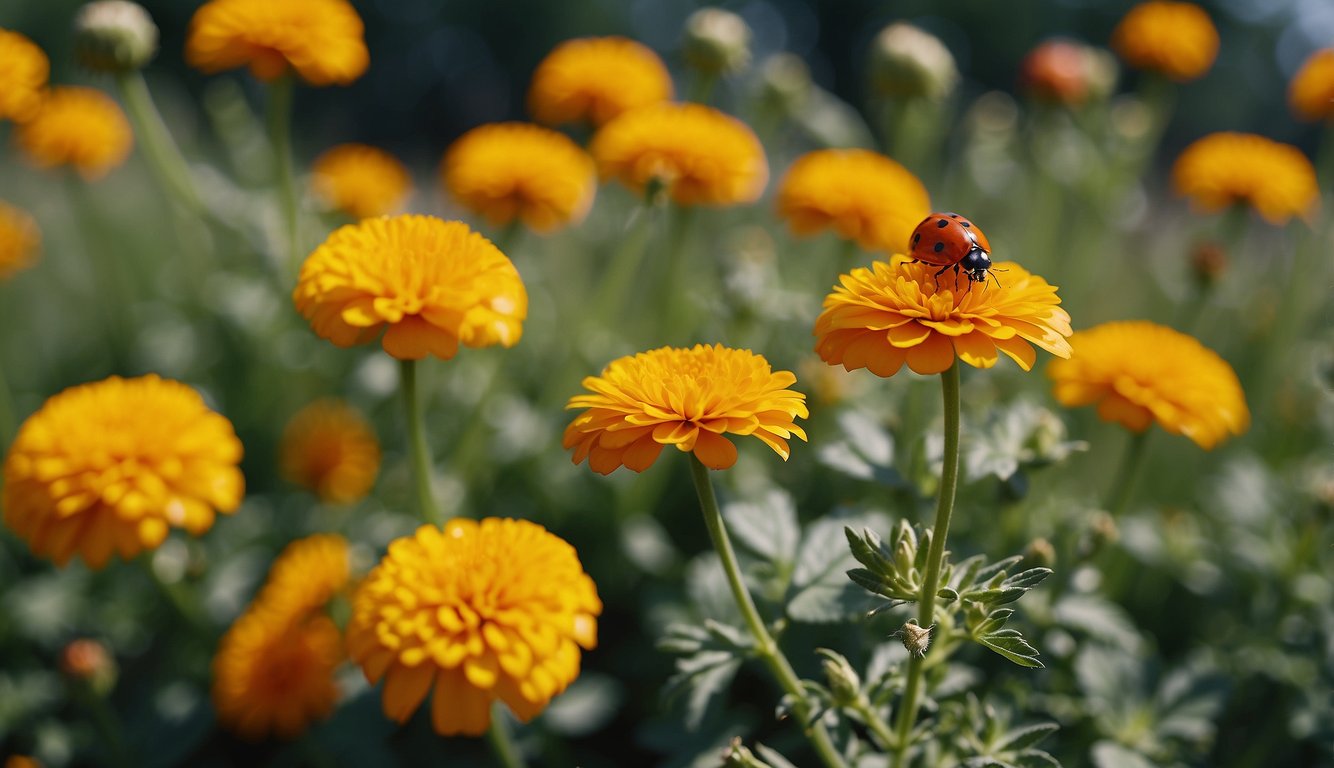
In conclusion, non-chemical pest solutions offer a safe, effective, and eco-friendly approach to pest control. By incorporating these methods into our pest management strategies, we can reduce our reliance on harmful chemicals and promote a healthier environment.
Integrated pest management (IPM) is a key component of non-chemical pest control. By using a combination of physical, biological, and cultural strategies, we can effectively manage pest problems without resorting to chemical solutions. IPM involves monitoring pest populations, identifying the pest species, and implementing control measures based on the specific pest problem.
Natural pest control methods, such as using beneficial insects, pheromone traps, and sticky traps, are also effective non-chemical solutions. These methods work by disrupting the pest’s life cycle or attracting them to a trap, rather than killing them with chemicals.
Non-toxic pest control methods, such as using diatomaceous earth, essential oils, and vinegar, are also gaining popularity. These methods work by physically or chemically disrupting the pest’s exoskeleton or nervous system, rather than poisoning them with chemicals.
Eco-friendly and sustainable pest control methods are becoming increasingly important as we strive to protect our environment and promote a healthier planet. By using non-chemical pest solutions, we can reduce our impact on the environment and promote a more sustainable future.
Overall, non-chemical pest solutions offer a safe, effective, and environmentally friendly approach to pest control. By incorporating these methods into our pest management strategies, we can protect our homes and businesses from pests without harming our health or the environment.
Frequently Asked Questions
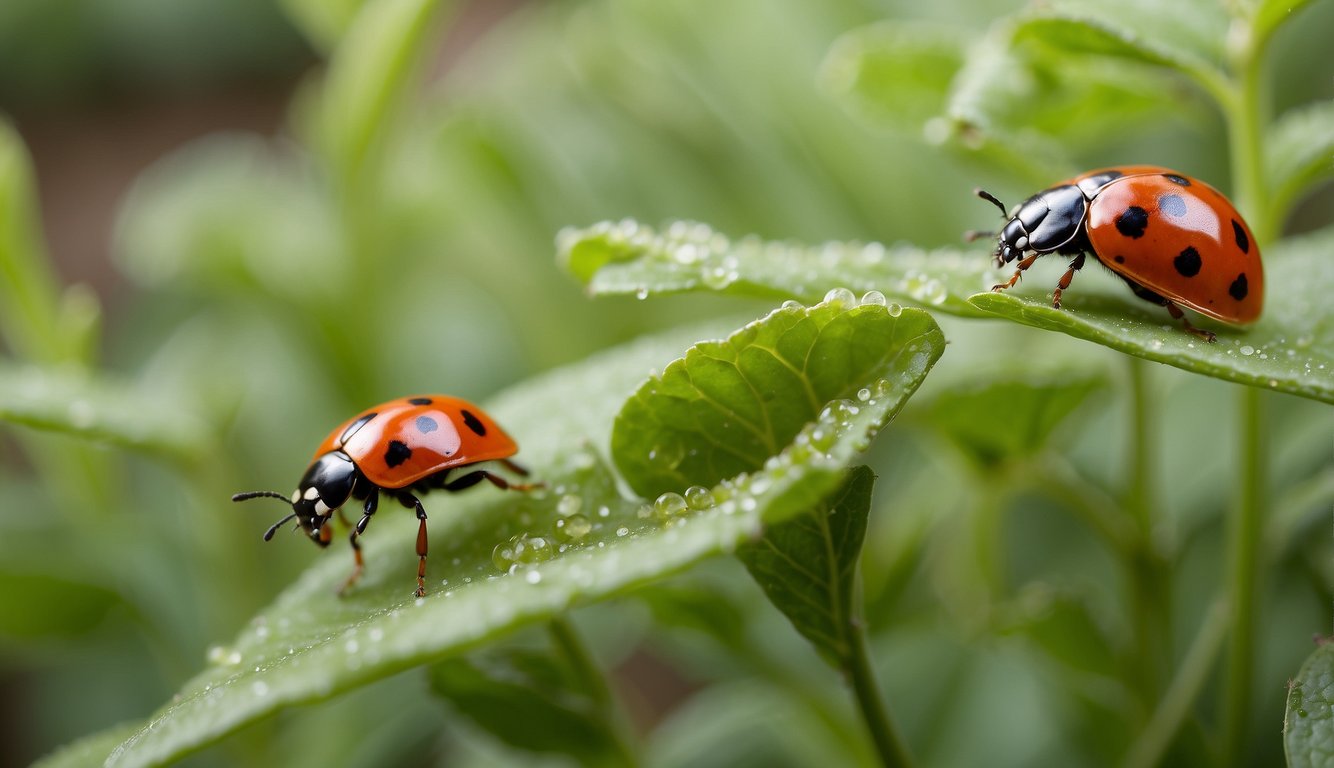
What are the most effective natural methods for controlling household pests?
There are several natural methods for controlling household pests that are both effective and safe. One of the most effective methods is to keep your home clean and tidy, particularly in the kitchen and other areas where food is prepared or consumed. This helps to eliminate potential food sources for pests.
Other effective natural methods include using traps, such as sticky traps or pheromone traps, to capture insects. You can also use diatomaceous earth, a natural powder made from fossilized algae, to kill insects by dehydrating them. Essential oils, such as peppermint, lavender, and tea tree oil, can also be effective in repelling pests.
How can I manage pest infestations in my garden without using chemicals?
There are several ways to manage pest infestations in your garden without using chemicals. One effective method is to use companion planting, which involves planting certain plants together that naturally repel pests. For example, planting marigolds with tomatoes can help to repel aphids.
Another effective method is to use physical barriers, such as row covers, to prevent pests from accessing your plants. You can also use natural pest control solutions, such as neem oil or insecticidal soap, to control pests in your garden.
What are some safe pest control alternatives for use around children and pets?
There are several safe pest control alternatives that can be used around children and pets. One of the most effective methods is to use traps, such as sticky traps or pheromone traps, to capture insects. You can also use diatomaceous earth, a natural powder made from fossilized algae, to kill insects by dehydrating them.
Essential oils, such as peppermint, lavender, and tea tree oil, can also be used as part of a non-toxic pest control strategy. However, it is important to use caution when using essential oils around children and pets, as some oils can be toxic if ingested.
Can essential oils be used as part of a non-toxic pest control strategy?
Yes, essential oils can be used as part of a non-toxic pest control strategy. Essential oils such as peppermint, lavender, and tea tree oil can be effective in repelling pests. However, it is important to use caution when using essential oils around children and pets, as some oils can be toxic if ingested.
What are the best practices for implementing biological pest control in agriculture?
Biological pest control involves using natural predators or parasites to control pests in agriculture. One of the best practices for implementing biological pest control is to use a combination of different methods, such as crop rotation, habitat manipulation, and the use of natural predators.
It is also important to monitor pest populations regularly and to only introduce natural predators or parasites when necessary. Finally, it is important to use caution when introducing natural predators or parasites, as they can sometimes have unintended consequences on the ecosystem.
How do non-toxic pest control companies ensure effectiveness without chemicals?
Non-toxic pest control companies use a combination of natural pest control solutions, such as traps, physical barriers, and essential oils, to control pests. They also use integrated pest management techniques, which involve monitoring pest populations and using a combination of different methods to control pests.
To ensure effectiveness without chemicals, non-toxic pest control companies also educate their clients on how to prevent pest infestations by keeping their homes clean and tidy, sealing up cracks and crevices, and eliminating potential food sources for pests.


